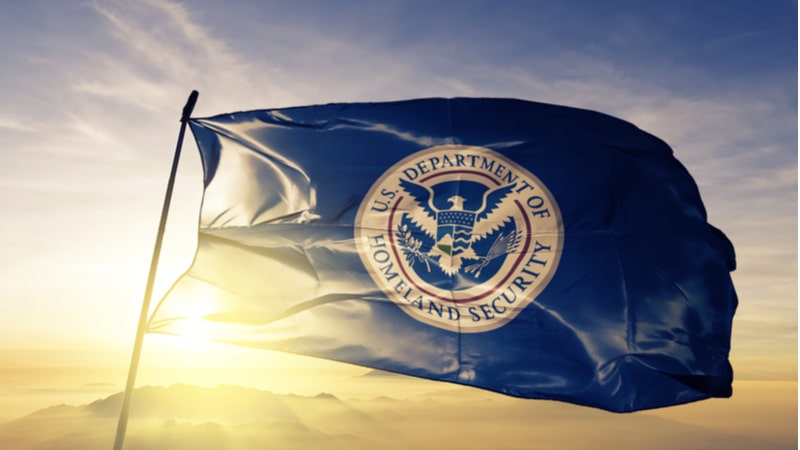
The Department of Homeland Security’s (DHS) Joint Requirements Council (JRC) aims to help different parts of the agency to find common solutions or “joint capabilities,” but a new report from the Government Accountability Office (GAO) found that agency leaders are not regularly engaging with the council.
The report explained that DHS spends billions annually on IT systems, aircraft, and other major acquisitions programs, yet it has not fully utilized the council to find joint capabilities between the agency’s many components. Notably, GAO found that DHS leadership has not met with the JRC since 2015.
According to GAO, the JRC was “established to be a recommending body to DHS leadership but leadership has not regularly engaged with the JRC. For example, it did not participate in the review and validation of the joint capabilities that JRC designated for its attention, and it has not met with the JRC since 2015.”
“This limits DHS’s ability to fully realize the JRC’s strategic value to identify opportunities for joint solutions and help use resources efficiently,” the report says.
Additionally, GAO noted that the JRC has designated five joint capabilities since 2018. However, the JRC validated four of these as joint capabilities even though their documents did not fully meet the criteria required in its guidance.
“For example, three documents partially met the criterion to quantify the capability gap, which helps determine risk associated with not addressing it. Ensuring these documents fully meet criteria better positions DHS to pursue solutions that are well-defined and will meet mission needs,” the report says.
Finally, DHS said it plans to realign the JRC from reporting to the Office of the Secretary to the Office of the Chief Readiness Support Officer within the Management Directorate. However, GAO warned that this realignment “could limit the JRC’s ability to independently oversee the requirements development process because it would not be a separate management function.”
In addition to limiting the JRC’s independence, GAO said that the Office of the Chief Readiness Support Officer was “the least positioned management office to support the JRC” compared to the other offices, such as the Offices of the Chief: Financial Officer, Information Officer, Procurement Officer, and Readiness Support Officer, and the Under Secretary for Management.
GAO made six recommendations to DHS, including that it makes sure the JRC demonstrates that joint capability documents fully meet key criteria before validating them; ensures regular engagement between the JRC and leadership; and reconsiders the placement of the JRC. DHS agreed with all six recommendations.
